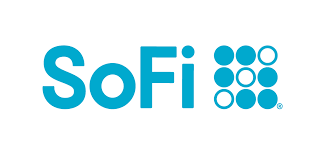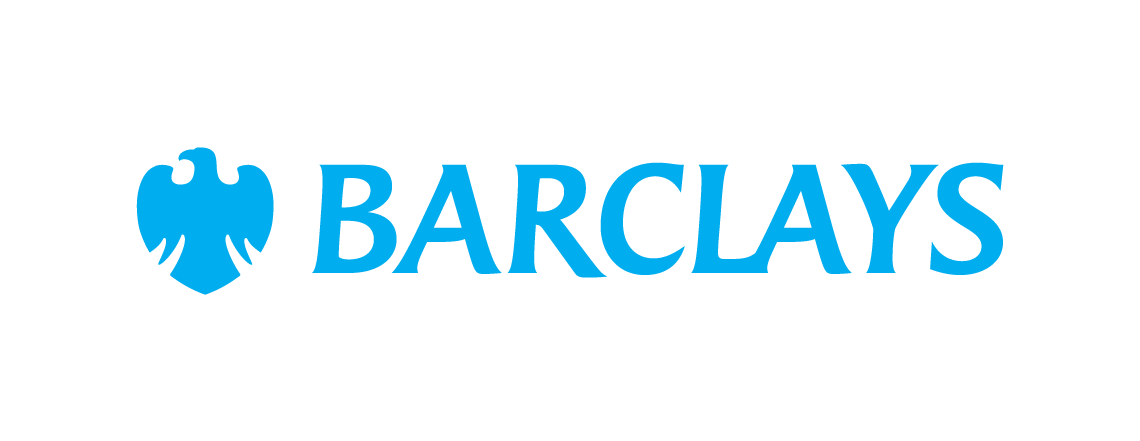3 Signs Your Emergency Fund Needs a Boost
KEY POINTS
- Your emergency fund needs to have enough cash to cover at least three months of bills.
- It should also be designed to help you cover home repairs and facilitate a career change if that's something you're going after.
A recent SecureSave survey found that 67% of Americans don't have the cash on hand to cover an emergency $400 expense. So if you have several thousand dollars in your emergency fund, you're doing better than the bulk of the U.S. adult population.
But that doesn't mean your emergency fund is all set. If these situations apply to you, it's best that you do what you can to add to your savings account.
1. You don't have enough cash to cover three months of essential expenses
Some people land on a random amount of savings -- say, $5,000 or $10,000 -- and decide that they're set from an emergency fund standpoint. But actually, your emergency fund shouldn't be a random number. It should be based on your specific expenses.
What's more, it's important that your emergency fund has enough cash to cover at least three months of essential expenses. Why three months' worth?
Let's say you were to lose your job, which would force you to live largely on savings for a period. It could easily take three months to interview for a new job, entertain offers, and get brought on board. So that's the logic behind that guideline.
But remember, three months is really just the minimum number of bills you should be aiming to cover with emergency savings. If you're able to save enough to cover six months of expenses, you'll be in an even stronger position.
2. You haven't padded your emergency fund since buying your home
When you own a home, there's always the chance that something will break. And that something might cost a small fortune to fix. Replacing a roof, for example, costs $9,152 on average, according to Angi, while the average homeowner spends $5,887 to install new air conditioning.
These are just a couple of examples. The point, however, is that home repairs tend to be extremely expensive. So it's best to have more than three months' worth of expenses in savings once you become a homeowner.
3. You're looking to start a business or make a career change
Starting a business could be a very positive career move for you. So could switching career fields. But if you're looking to go in either direction, then it's important to have a really strong emergency fund, so you may want to boost yours considerably.
It can take a long time for a new business to turn a profit, and you'll need money to live on during that ramp-up phase. Similarly, when you switch careers, you often have to start at a lower level, which commonly means taking a lower salary for a period. A more robust emergency fund could help ensure that you'll be able to cover your expenses while you're making these big changes, thereby allowing you to focus on work without having to stress about money.
Having some amount of emergency savings is always better than having none. But if these signs apply to you, it may be time to assess your savings and give your emergency fund a helpful boost.
These savings accounts are FDIC insured and could earn you 11x your bank
Many people are missing out on guaranteed returns as their money languishes in a big bank savings account earning next to no interest. Our picks of the best online savings accounts could earn you 11x the national average savings account rate. Click here to uncover the best-in-class accounts that landed a spot on our short list of the best savings accounts for 2024.
Our Research Expert
We're firm believers in the Golden Rule, which is why editorial opinions are ours alone and have not been previously reviewed, approved, or endorsed by included advertisers. The Ascent, a Motley Fool service, does not cover all offers on the market. The Ascent has a dedicated team of editors and analysts focused on personal finance, and they follow the same set of publishing standards and editorial integrity while maintaining professional separation from the analysts and editors on other Motley Fool brands.
Related Articles
View All Articles
